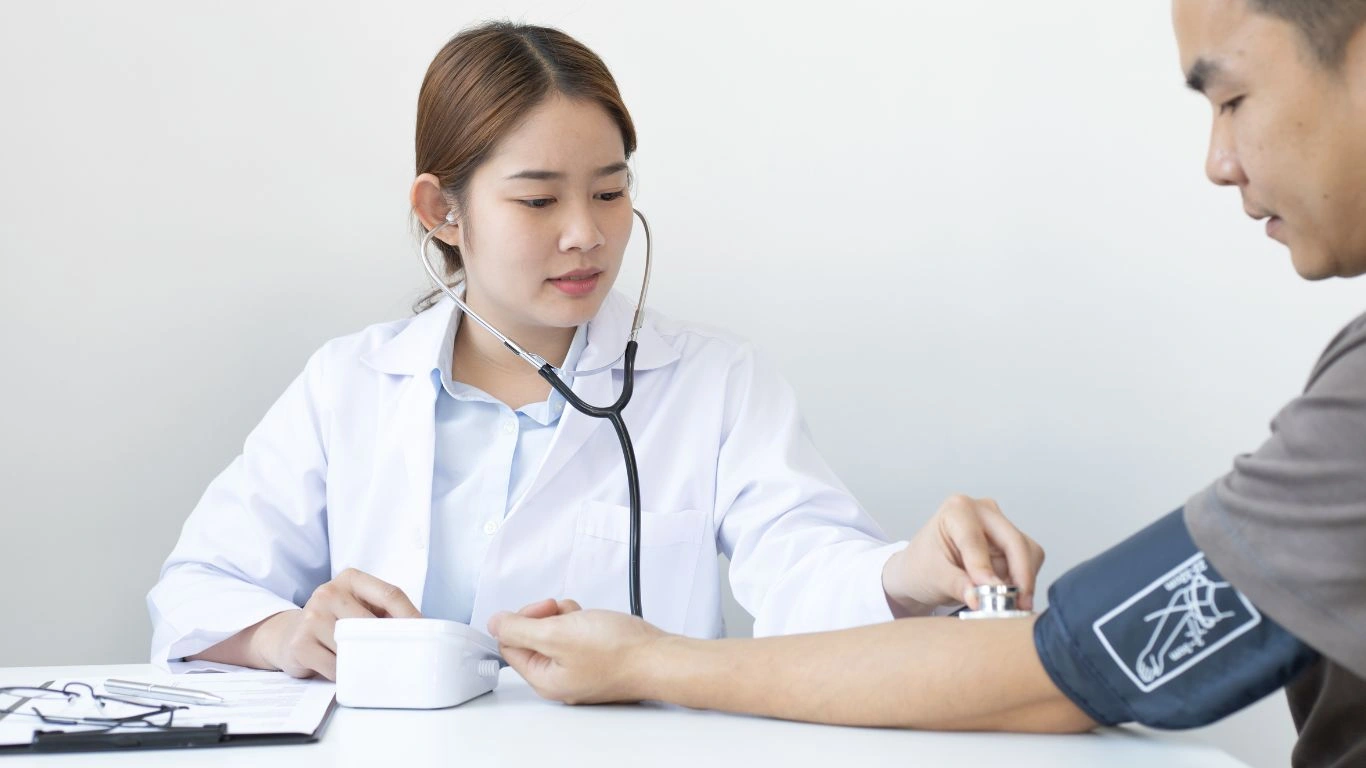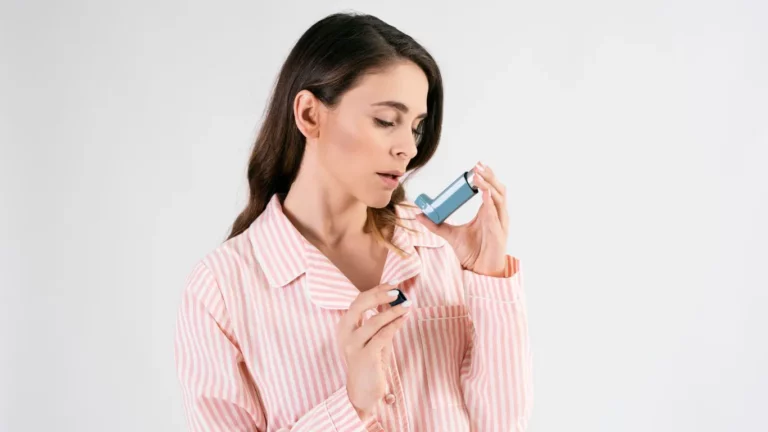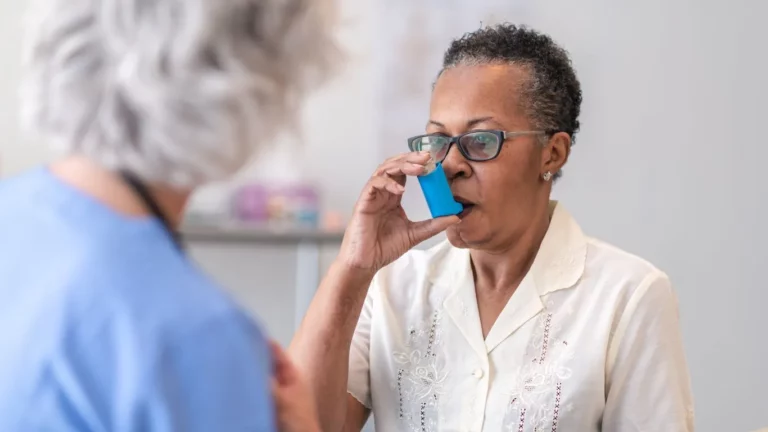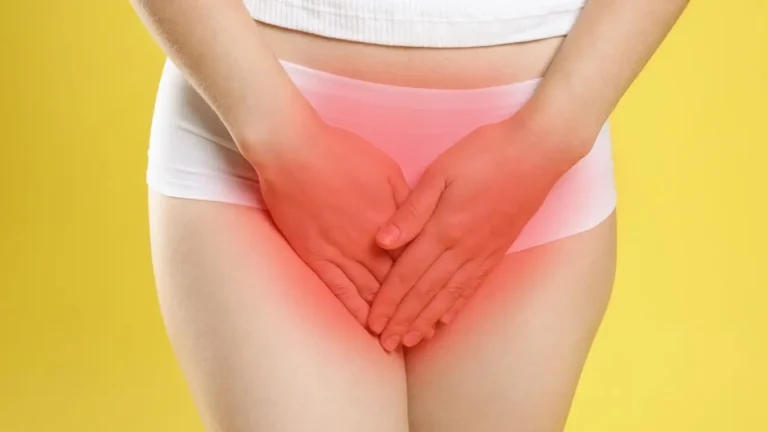Proven Strategies to Manage BP After Menopause Naturally
Let’s talk about something I see all the time in my clinic — women coming in, post-menopause, wondering why their blood pressure has suddenly gone rogue. If you’re one of them, you’re not alone. Figuring out how to manage BP after menopause isn’t just about popping a pill and hoping for the best. It’s about understanding what your body is going through and responding with care, strategy, and a bit of patience. And yes, I’ve walked this road alongside countless patients, and the transformation can be empowering once you have the right tools in hand.
Why Blood Pressure Becomes a Challenge Post-Menopause
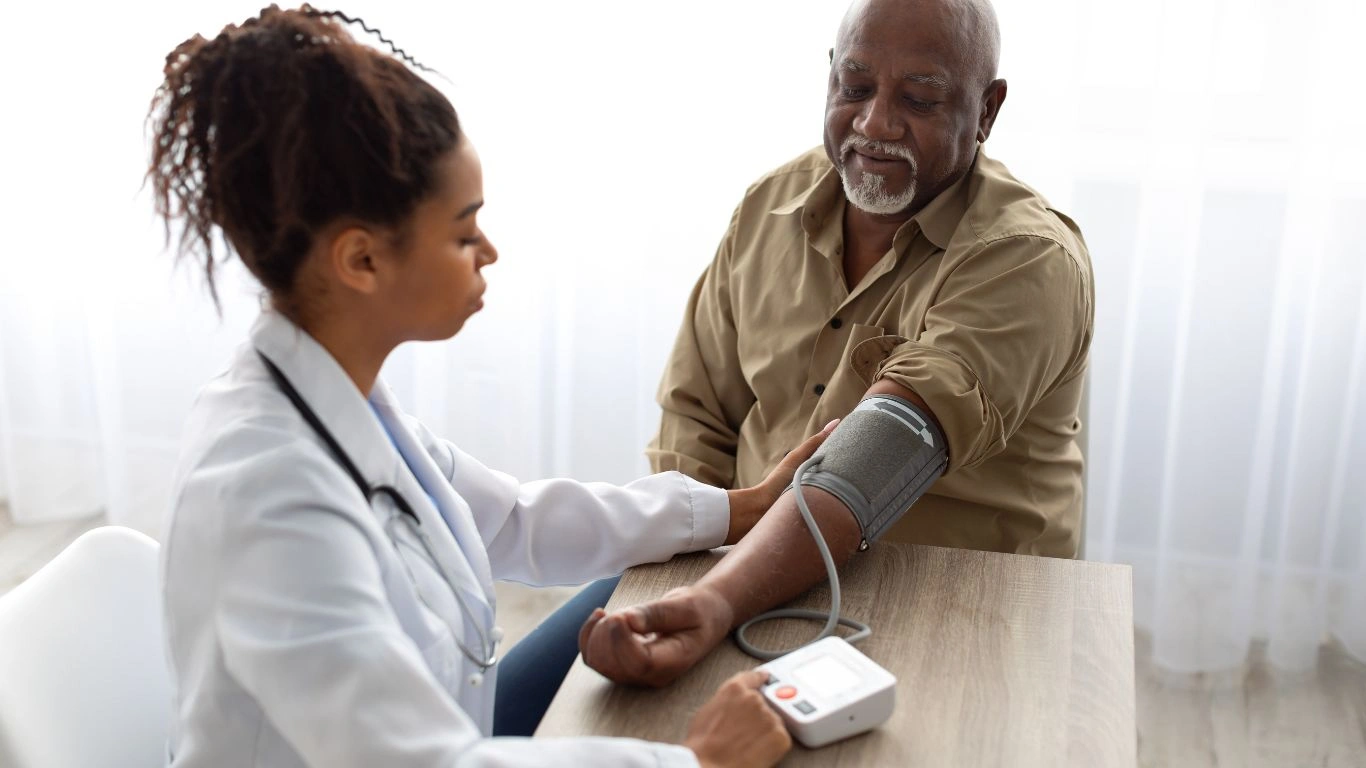
Here’s something I always tell my patients: menopause isn’t just about hot flashes and mood swings. There’s a cascade of physiological changes that come with it, and unfortunately, one of those changes can be an increase in blood pressure. Estrogen plays a protective role in keeping arteries flexible and healthy. When it drops during menopause, blood vessels may become stiffer, leading to higher BP levels.
What I’ve noticed over the years is that this rise doesn’t happen overnight. It sneaks up, especially if we’re not paying attention to lifestyle shifts, stress, sleep, or diet — all of which can quietly contribute. And yes, family history tends to raise its hand here too.
Common Triggers That Elevate BP After Menopause
- Weight gain — The hormonal shifts can make it easier to gain weight, especially around the belly, which in turn spikes BP.
- Insulin resistance — Another sneaky player that gets more common after menopause.
- Sleep disturbances — Hello, night sweats and insomnia!
- Salt sensitivity — Postmenopausal women tend to become more salt-sensitive, meaning sodium has a greater effect on blood pressure.
One of my patients once told me, “It feels like my body switched settings without telling me.” That’s exactly how it can feel. But the good news? You can absolutely regain control — just not always in the ways that used to work before.
How to Manage BP After Menopause with Smarter Lifestyle Tweaks

When we talk about managing blood pressure after menopause, it’s not just about prescriptions — though they can be part of the plan. It’s really about recalibrating. And yes, it might mean your pre-menopause health routine needs an upgrade. Let me break down what’s worked consistently for my patients (and myself too — doctors have to walk the talk!).
1. Nutrition That Actually Supports Your BP
I’m not here to preach a restrictive diet, but here’s the thing: your post-menopause body has different needs. I always start with the DASH (Dietary Approaches to Stop Hypertension) diet as a foundation. It’s not just doctor-approved — it’s patient-approved too. It’s rich in fruits, veggies, whole grains, and lean proteins. But the key? Cutting back on sodium.
- Watch out for packaged foods — they hide sodium in plain sight.
- Load up on potassium-rich foods like bananas, sweet potatoes, and spinach.
- Stay hydrated — it helps your kidneys regulate pressure.
I had a 58-year-old patient who saw her systolic pressure drop by nearly 15 points in three months just by swapping out processed meals for fresh ones and adding more fiber to her diet. It doesn’t have to be complicated. Just intentional.
2. Move That Body — But Be Kind to It
No, you don’t have to train for a marathon. But you do need to move regularly. Walking, swimming, yoga — anything that gets your heart rate up in a gentle, consistent way. Aim for at least 30 minutes a day, five days a week. The key is consistency, not intensity. And yes, muscle-strengthening exercises help too — especially for bone health post-menopause.
One thing I recommend often? Morning walks in sunlight. You get movement, stress relief, and a little vitamin D — triple win.
3. Stress Management Isn’t Fluffy — It’s Foundational
This one gets overlooked all the time. But I’ll be honest, stress is one of the biggest silent drivers of high blood pressure. After menopause, many women find themselves juggling career shifts, caregiving roles, and emotional transitions — it’s a lot. Taking time for breathwork, meditation, or even a hobby that truly lights you up is not optional. It’s part of your BP treatment plan.
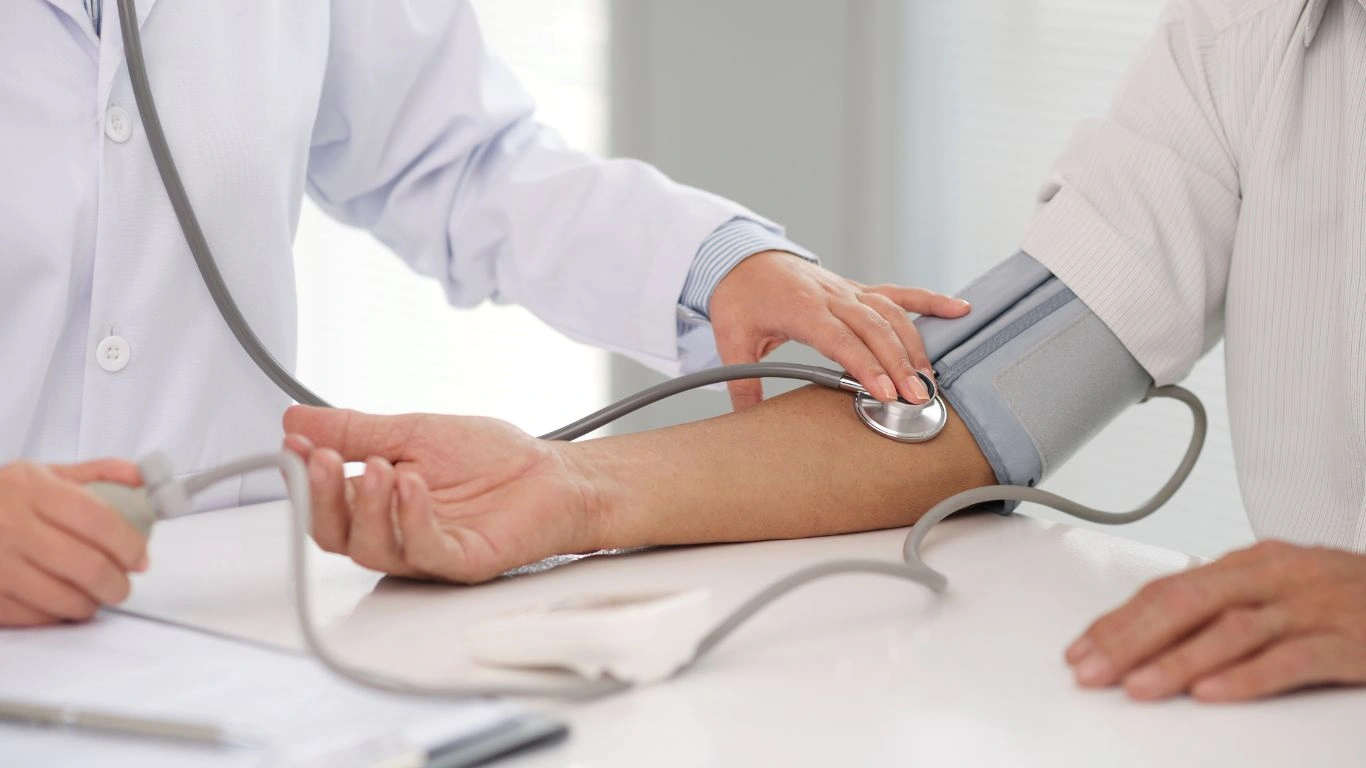
In my own practice, I’ve seen women cut their BP meds in half just by incorporating 15 minutes of daily stress-reducing rituals. It’s powerful stuff — and backed by science.
Medications: When Lifestyle Alone Isn’t Enough
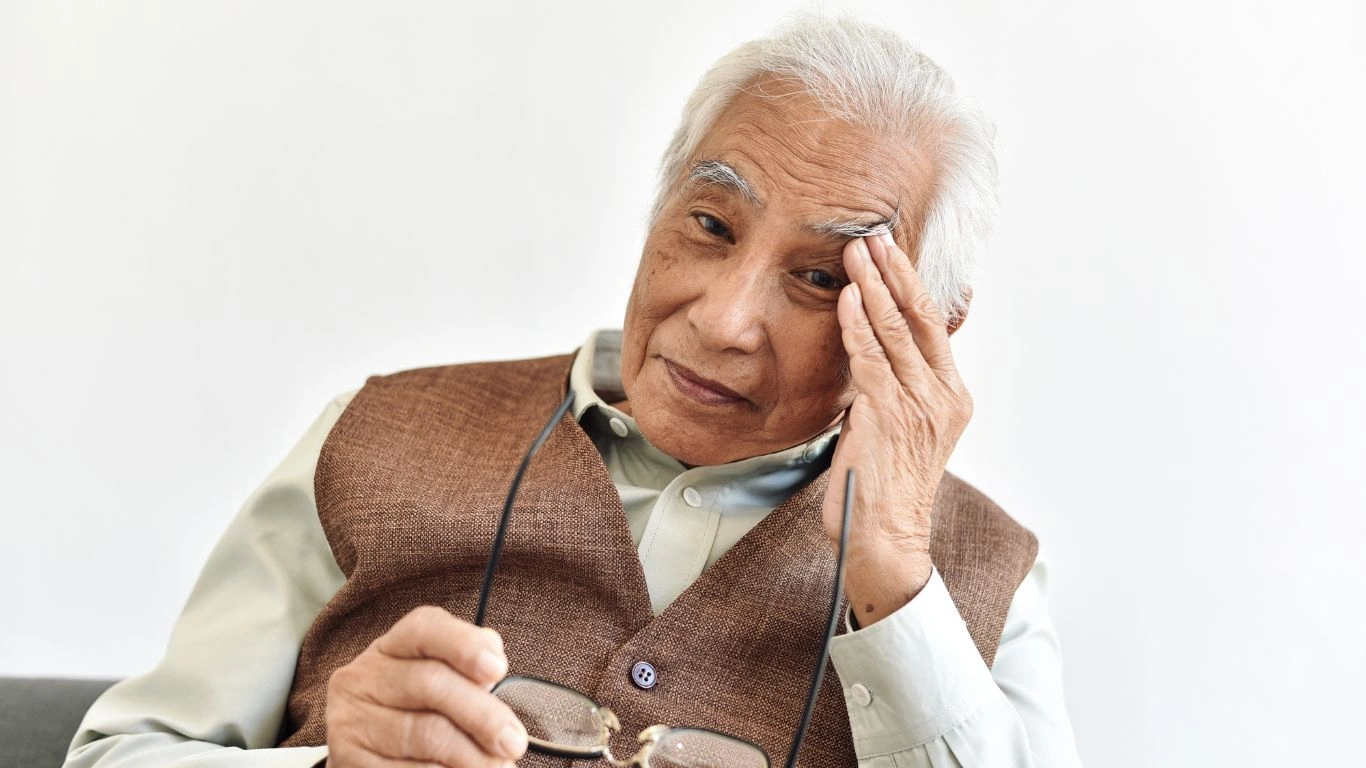
Let’s be real — sometimes lifestyle changes aren’t quite enough on their own. And that’s okay. I always tell my patients: needing medication doesn’t mean you’ve failed. It means you’re being smart about your heart health. Post-menopause, our vascular system works differently, and that often means re-evaluating our treatment plan.
The good news is, we’ve got options. Lots of them. From ACE inhibitors and ARBs to calcium channel blockers and diuretics — the key is figuring out what works best for your body. I often start with low doses and monitor closely. Every woman responds differently post-menopause, and that’s where personalized care really shines.
One of my long-time patients, Maria, had tried everything from diet shifts to yoga. Her BP was still hovering around 150/90. We added a low-dose ARB, and within weeks she was in the 120s. More importantly, she felt less anxious and more in control. That peace of mind is priceless.
How to Talk to Your Doctor About BP Meds
- Keep a BP log — daily readings can help guide the decision.
- Be honest about side effects — even the “small” ones matter.
- Ask about combo therapy — sometimes two low-dose meds work better than one high-dose option.
And please, don’t stop your medication without checking in. I’ve seen too many rebounds happen when people taper off too quickly or without guidance. We can always revisit your plan — the goal is long-term control with minimal burden.
Hormones and BP: What’s the Link?

This one’s tricky, but it comes up a lot. Can hormone replacement therapy (HRT) help with blood pressure? The short answer: it depends. Estrogen does play a protective role on blood vessels, but once we start supplementing it, we’re working with a complex system. HRT isn’t a guaranteed BP fix — and in some cases, it may slightly raise BP depending on the formulation.
Personally, I take a cautious, individualized approach. If a patient is struggling with severe menopausal symptoms and has elevated BP, I weigh the risks and benefits carefully. Transdermal estrogen (like patches) tends to have a gentler impact on BP compared to oral formulations. But again — this is not one-size-fits-all territory.
If you’re considering HRT, talk it through with someone who understands both cardiovascular risk and menopause management. And don’t forget to keep monitoring your BP regularly. Changes can happen subtly at first.
Helpful Questions to Ask Your Provider
- Would transdermal estrogen be safer for my blood pressure?
- Can we monitor my BP more frequently if I start HRT?
- Are there non-hormonal alternatives for my menopausal symptoms?
Sleep, Alcohol & Caffeine: The Sneaky Trio

This trio right here — I like to call it the “silent influencers.” They may not seem like major players at first glance, but trust me, they add up fast post-menopause.
Sleep: The BP Reset Button
I can’t stress this enough. Sleep is where healing happens. Yet so many of my post-menopausal patients are chronically sleep-deprived. Whether it’s night sweats, restless legs, or just plain insomnia, poor sleep raises cortisol — and with it, blood pressure. I usually recommend:
- A cool, dark bedroom environment
- No screens 60 minutes before bed
- Magnesium glycinate or melatonin (if cleared with your doc)
Even 30 extra minutes of restful sleep can drop systolic pressure by a few points. It’s wild — and so worth prioritizing.
Alcohol: Less is More
This is where I often see some resistance. A glass of wine feels harmless — even relaxing. But regular alcohol intake can elevate BP and interfere with sleep. If you’re sipping nightly, try cutting back to a couple times a week and see how your readings respond. I had one woman tell me her BP dropped 10 points just from skipping her nightly wine for three weeks. That’s real.
Caffeine: Know Your Tolerance
Caffeine’s effects vary wildly. Some women can handle a double espresso and feel fine, while others spike their pressure with a single cup. I usually suggest keeping caffeine intake to before noon and tracking your BP 30 minutes after coffee to spot patterns.
And please, no energy drinks. Those are just trouble in a can, especially for anyone navigating blood pressure concerns after menopause.
At the end of the day, managing BP after menopause isn’t about restriction or fear — it’s about awareness, adjustments, and self-respect. Your body is changing, yes — but you’re still in the driver’s seat.
Monitoring Your Blood Pressure at Home — Without the Stress

If there’s one thing I constantly encourage my postmenopausal patients to do, it’s to track their blood pressure at home. Why? Because in-office readings can be misleading — white coat syndrome is real, and I’ve seen more than a few falsely elevated numbers just from the stress of the doctor’s office.
The trick is finding a rhythm. I usually suggest checking at the same time each morning, before eating or taking meds. Sit quietly for five minutes, feet flat on the floor, back supported, and take two readings about a minute apart. Record both — or better yet, use a digital monitor that logs them automatically.
I had a patient once who thought her meds weren’t working. Her office readings were sky-high, but her home readings were textbook perfect. We ended up avoiding an unnecessary medication adjustment — all because she’d been tracking daily at home.
Quick Tips for Smart Home Monitoring
- Invest in a validated, upper-arm cuff monitor (wrist cuffs tend to be less accurate).
- Make it part of your routine — just like brushing your teeth.
- Don’t panic over one high reading — look for trends over time.
Supplements: Help or Hype?
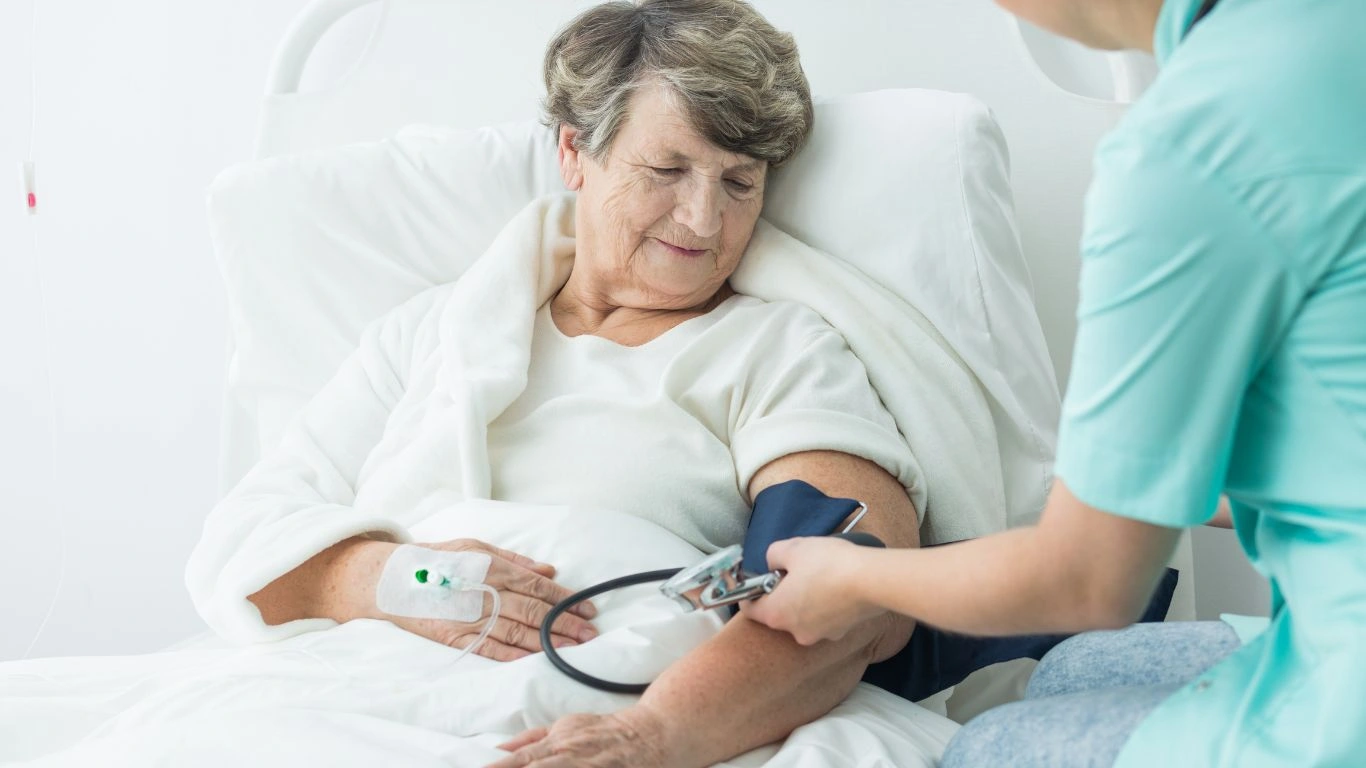
Now let’s talk about the supplement aisle — that place full of shiny promises and even shinier price tags. I’ve had more than a few patients walk in holding bottles of everything from beetroot powder to CoQ10, asking, “Doc, should I take this?”
My honest answer? Some can help, but none are miracle cures. The evidence behind a few of these is promising — but always use them to complement, not replace, other strategies. And always loop your doctor in before starting anything new, especially if you’re on BP medications.
Supplements with Some Science Behind Them
- Magnesium — Can help with relaxation and may slightly reduce BP. I like magnesium glycinate because it’s gentle on the gut.
- Omega-3 fatty acids — Found in fish oil, they support heart health and may help lower pressure, especially in those with high triglycerides.
- CoQ10 — There’s decent research showing it might reduce systolic BP. Think of it as a supportive player, not a main act.
But please, skip the sketchy “blood pressure cleanse” kits and too-good-to-be-true ads. If it sounds like hype, it probably is. I always remind my patients: your kidneys and liver already know how to cleanse — you just need to support them by eating right, moving, and staying hydrated.
Support Makes a Difference — You Don’t Have to Do It Alone
This might be the most underrated part of managing blood pressure after menopause: community and connection. When you’re going through all these physical shifts, emotional waves, and lifestyle changes — support matters more than ever.
Whether it’s a walking group, a heart health forum, or just a friend who texts you to say, “Hey, did you get your steps in today?” — don’t underestimate how much easier things feel when you’re not flying solo.
I had one lovely woman in her early 60s who started a small accountability group with two other friends. They walked together every morning, swapped recipes, shared BP readings weekly. All three of them saw their numbers improve — and not just their BP, but their confidence and energy too.
Ways to Build Support Into Your BP Journey
- Join a local or online menopause support group focused on health goals
- Partner with a friend for grocery shopping or cooking heart-healthy meals
- Talk openly with family — explain why you’re making lifestyle shifts
Final Thoughts on How to Manage BP After Menopause
Managing blood pressure after menopause isn’t a one-size-fits-all journey. It’s about learning, adjusting, and honoring the new needs of your body. Sometimes that means tweaking your diet, rethinking your sleep habits, or yes, saying yes to medication. It’s not about perfection — it’s about progress. And as a physician who’s walked this path with hundreds of women, I can tell you: the results are worth it.
You’re not alone. And you’re not powerless. You’re just in a new chapter — and you’ve got more tools than ever to thrive in it.
References
Disclaimer
This article is intended for informational purposes only and is not a substitute for professional medical advice, diagnosis, or treatment. Always consult your healthcare provider before making any changes to your health regimen, especially when managing blood pressure or considering new medications or supplements.

Dr. Gwenna Aazee is a board-certified Internal Medicine Physician with a special focus on hypertension management, chronic disease prevention, and patient education. With years of experience in both clinical practice and medical writing, she’s passionate about turning evidence-based medicine into accessible, actionable advice. Through her work at Healthusias.com, Dr. Aazee empowers readers to take charge of their health with confidence and clarity. Off the clock, she enjoys deep dives into nutrition research, long walks with her rescue pup, and simplifying medical jargon one article at a time.
